Learn everything about the Indus Water Treaty between India and Pakistan. Understand its history, key provisions, disputes, and latest updates in 2025. A detailed guide!
The Indus Water Treaty (IWT) is one of the most successful water-sharing agreements in the world, signed between India and Pakistan in 1960. Despite multiple wars and heightened tensions, the treaty has remarkably withstood the test of time.
Today, it continues to play a pivotal role in managing the vital water resources shared by the two nations.
In this blog, we will delve into the history, key provisions, disputes, and the current status of the Indus Water Treaty. Let’s explore how this treaty has shaped regional geopolitics and remains relevant even in 2025.
History of the Indus Water Treaty
Partition and Initial Water Conflict
After the Partition of British India in 1947, the newly formed nations of India and Pakistan inherited a complex and interconnected irrigation system built by the British across the Indus River and its tributaries.
With India controlling the upstream water and Pakistan largely dependent downstream, tensions quickly escalated.
On April 1, 1948, India halted water supply to Pakistan from the canals originating from India. This event created panic in Pakistan and highlighted the urgent need for a formal water-sharing agreement.
Role of the World Bank
Recognizing the possibility of water wars, the World Bank stepped in as a mediator. After years of negotiations, the Indus Waters Treaty was signed in Karachi on September 19, 1960, by:
Jawaharlal Nehru (Prime Minister of India)
Field Marshal Ayub Khan (President of Pakistan)
Eugene Black (President of the World Bank)
Key Provisions of the Indus Water Treaty
The Indus Water Treaty divides the use of the river system between the two countries based on geography:
Division of Rivers
Pakistan gets exclusive use of:
Indus River
Jhelum River
Chenab River
India gets exclusive use of:
Ravi River
Beas River
Sutlej River
Permitted Uses
India is allowed to use the Western rivers (Indus, Jhelum, and Chenab) for non-consumptive purposes like:
Irrigation (with restrictions)
Hydroelectric power generation
Fishing and navigation
However, India cannot store water or alter the natural flow in ways that would impact Pakistan’s share.
Permanent Indus Commission
A Permanent Indus Commission was established, comprising officials from both countries, to manage routine affairs and resolve disputes through regular meetings and site inspections.
Significance of the Indus Water Treaty
Peace and Stability: Despite wars (1965, 1971, Kargil 1999) and tensions, the treaty survived and prevented escalation over water issues.
Model for Cooperation: The treaty is often cited internationally as a model for peaceful dispute resolution over shared natural resources.
Economic Importance: Millions in both countries depend on the Indus waters for agriculture, drinking water, and industry.
Major Disputes Under the Treaty
Although the treaty has largely worked, there have been several disputes and interpretational differences over the years:
1. Baglihar Dam Dispute (2005)
India’s construction of the Baglihar Hydroelectric Plant on the Chenab River in Jammu & Kashmir raised concerns in Pakistan.
Pakistan claimed it violated treaty provisions by altering water flow.
The World Bank appointed a neutral expert who ruled largely in India’s favor but asked for design changes.
2. Kishanganga Project Dispute (2013)
The Kishanganga Hydroelectric Project on the Jhelum’s tributary led Pakistan to approach the International Court of Arbitration.
The court allowed India to proceed but asked India to maintain minimum river flows into Pakistan.
3. Ongoing Concerns over Indian Projects
Projects like Ratle, Pakal Dul, and Lower Kalnai have been points of concern for Pakistan.
Disputes continue to arise over technical designs and compliance with the treaty.
Calls for Review and Threats to Suspend the Treaty
Over the years, especially after terror attacks allegedly originating from Pakistan, there have been calls within India to review or even suspend the Indus Water Treaty.
Notably:
After the Uri attack in 2016, Indian leadership considered leveraging water as a strategic tool.
After the Pulwama attack in 2019, India intensified efforts to fully utilize its share of Eastern rivers.
However, unilateral suspension of the treaty could have serious international ramifications, including violating the Vienna Convention on the Law of Treaties.
Current Status of the Indus Water Treaty (2025 Update)
As of 2025, the Indus Water Treaty remains intact, but the following key developments have occurred:
India’s Efforts to Maximize Eastern Rivers’ Utilization
India has accelerated work on storage projects like the Shahpur Kandi Dam on the Ravi River.
Efforts are on to divert excess water flowing into Pakistan, maximizing agricultural and industrial benefits in Punjab and Jammu regions.
World Bank’s Involvement
The World Bank continues to mediate certain technical disputes between India and Pakistan.
A neutral expert was recently reappointed to address concerns regarding new Indian projects.
Climate Change Impact
Glacial melt, changing monsoon patterns, and erratic river flows have added a new dimension to water-sharing tensions.
Both countries are increasingly aware that climate cooperation may be the next chapter in IWT’s evolution.
Challenges Facing the Indus Water Treaty
1. Population Growth and Increased Demand
Both countries are facing water scarcity.
Rising populations mean increased demand for water for agriculture, drinking, and energy.
2. Climate Change
Erratic rainfall and glacier depletion affect river flow unpredictably.
Existing treaty provisions do not account for climate-change-induced variability.
3. Political and Diplomatic Strains
Each major terror attack or border skirmish brings renewed calls to scrap or revise the treaty.
Trust deficit complicates dispute resolution.
Future of the Indus Water Treaty
While the Indus Water Treaty has admirably withstood six decades of hostility, it needs recalibration to meet 21st-century challenges:
Climate resilience needs to be incorporated.
Joint river basin management should be explored.
Trust-building measures like data sharing, joint projects, and third-party arbitration enhancements could safeguard its future.
The world watches the Indus basin closely because if the treaty were to fail, the consequences could be catastrophic for millions of people dependent on these waters.
Conclusion
The Indus Water Treaty remains a rare success story of India-Pakistan relations.
Despite the wars, terror attacks, and bitter rhetoric, water cooperation has continued. As we move into an era of climate uncertainty and increasing resource scarcity, the IWT will need modernization and enhanced cooperation.
Ultimately, the Indus Water Treaty teaches us a timeless lesson: even amidst the deepest rivalries, cooperation is possible when survival depends on it.
FAQs About the Indus Water Treaty
Q1: What rivers are covered under the Indus Water Treaty?
A1: The Indus River system, which includes the Indus, Jhelum, Chenab, Ravi, Beas, and Sutlej rivers.
Q2: Can India use the water from Indus, Jhelum, and Chenab rivers?
A2: Yes, but only for non-consumptive uses like irrigation, hydropower, and transport under strict conditions.
Q3: Who oversees the implementation of the Indus Water Treaty?
A3: A Permanent Indus Commission composed of representatives from both India and Pakistan.
Q4: Has the Indus Water Treaty ever been revoked?
A4: No, despite multiple conflicts, the treaty remains in force to this day.
Q5: What is the biggest challenge to the Indus Water Treaty in 2025?
A5: Climate change, population growth, and political tensions pose major challenges.
Also Read :- Pahalgam Terror Attack 2025: Timeline, Victims, Perpetrators, Government Response & Global Reactions
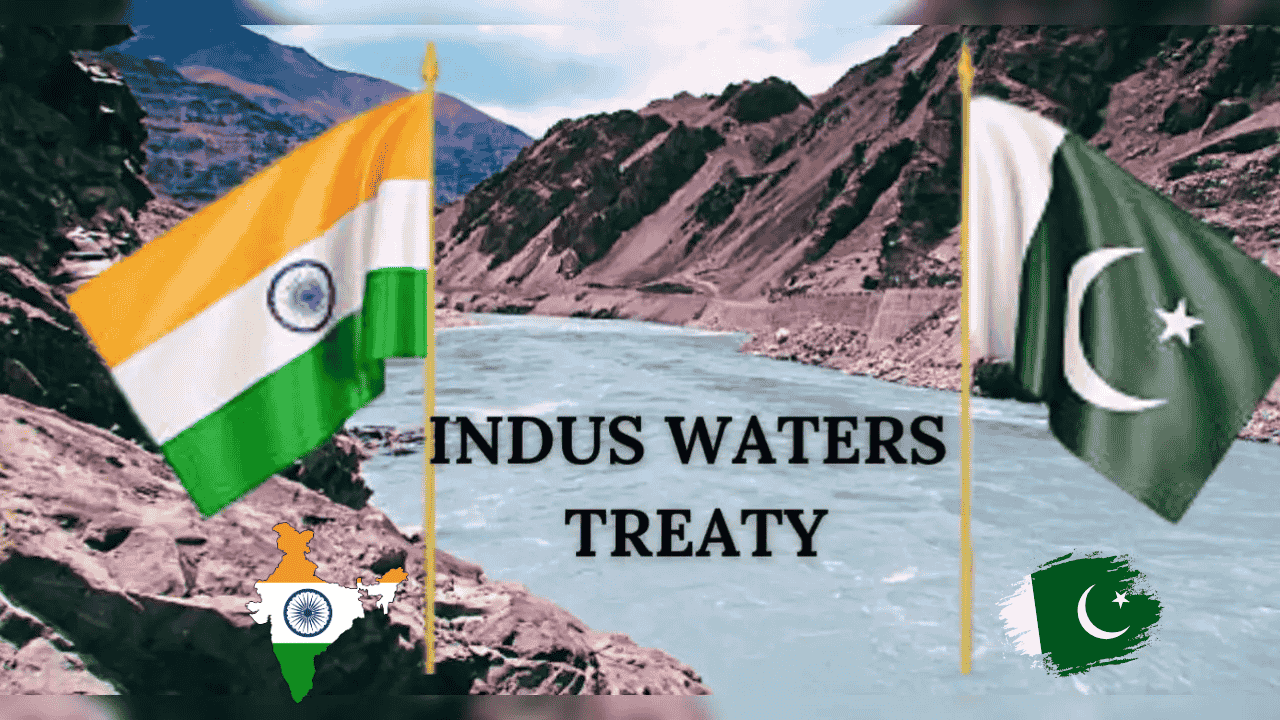

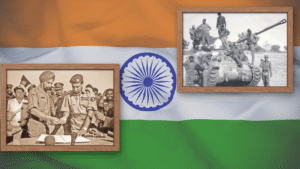







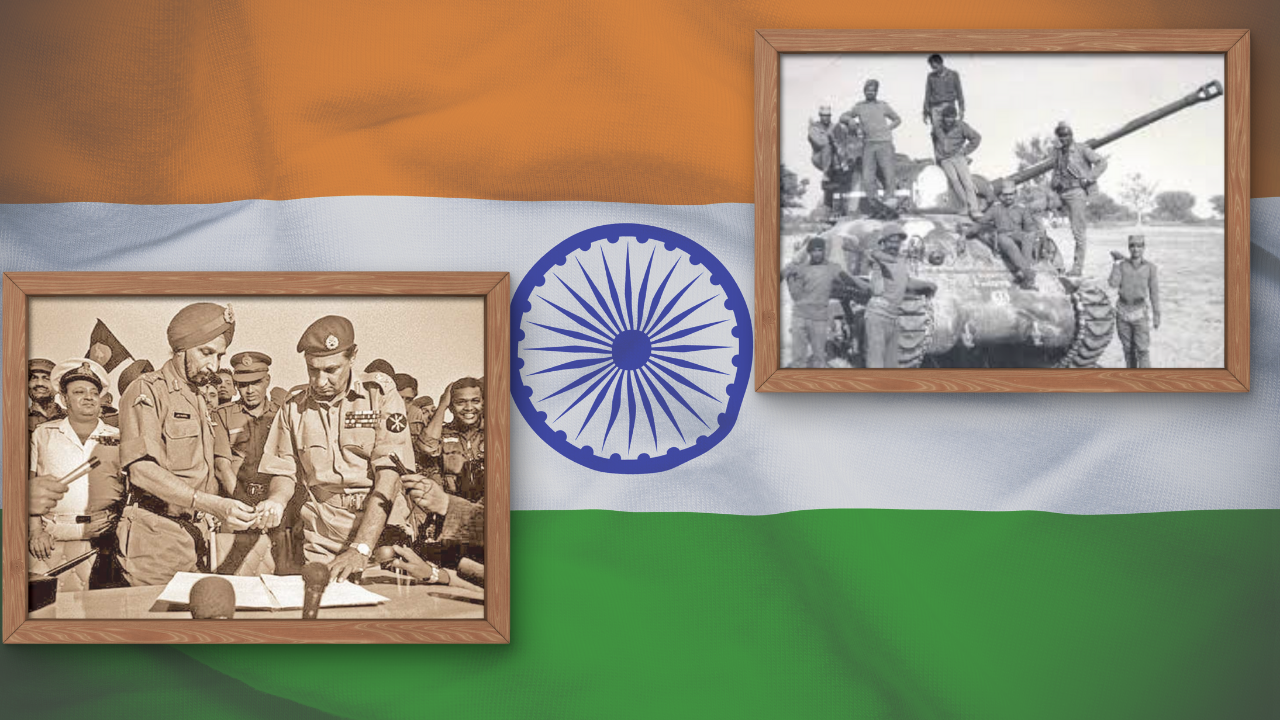
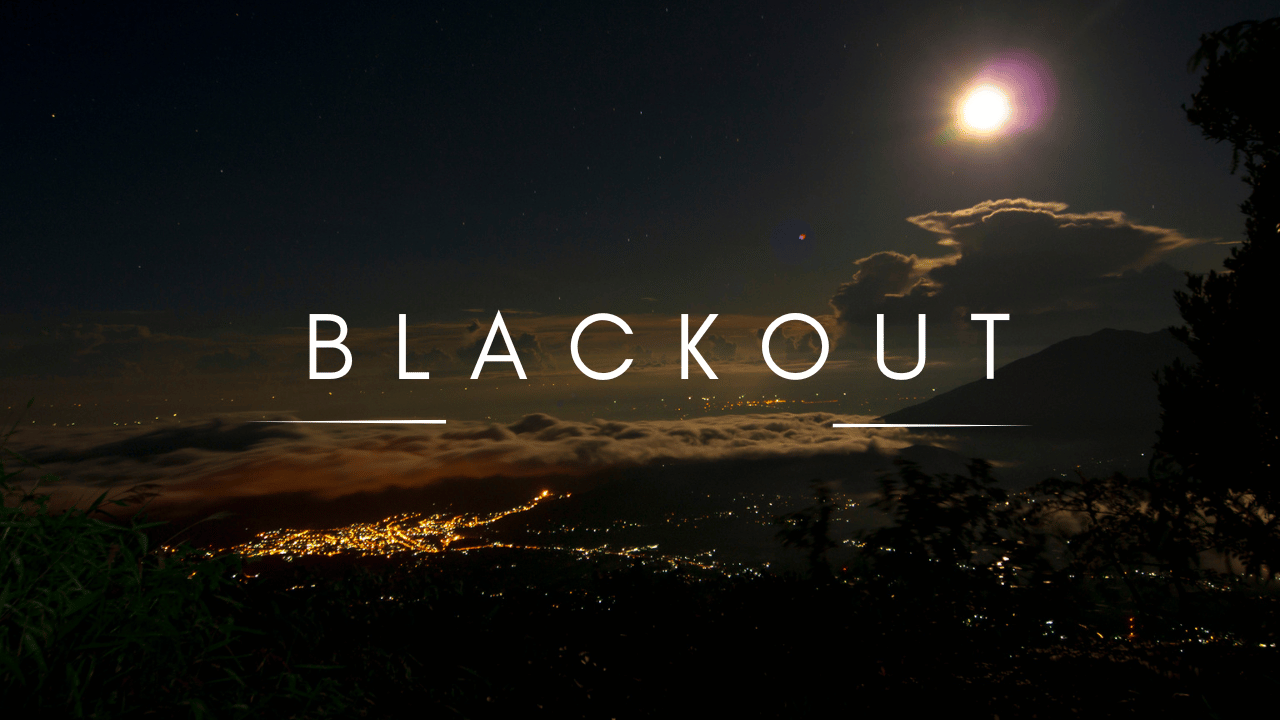
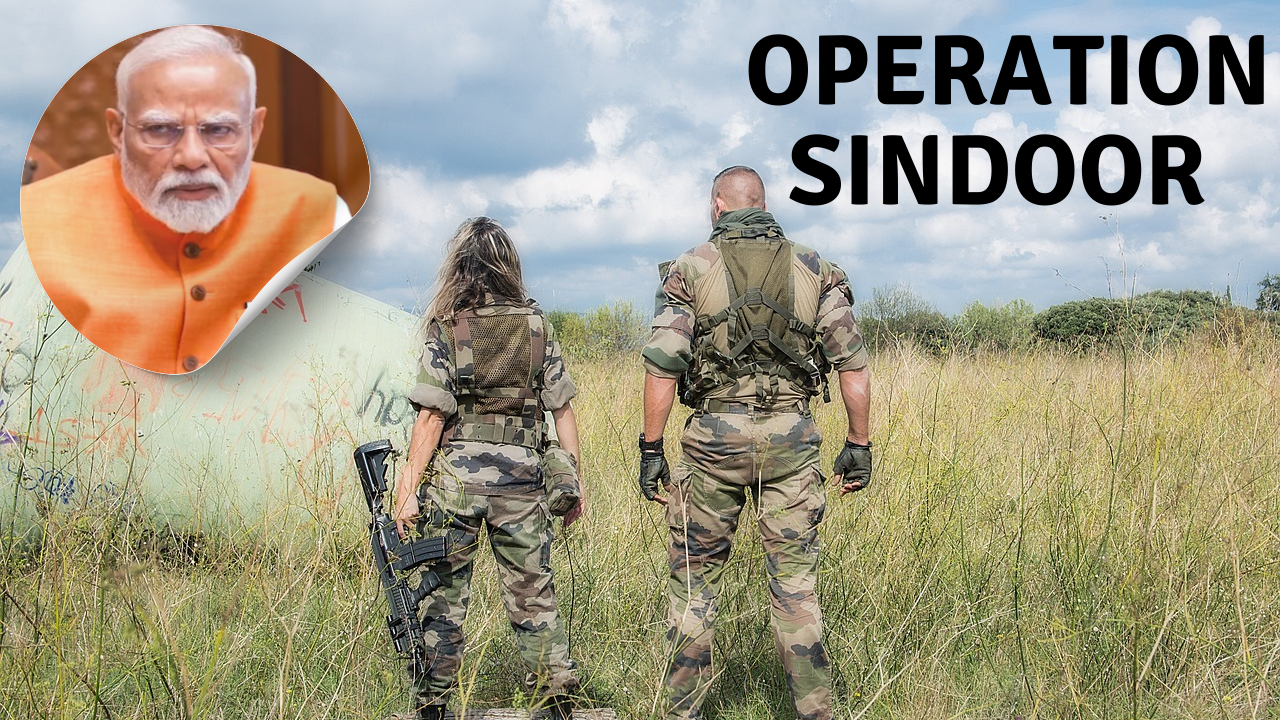










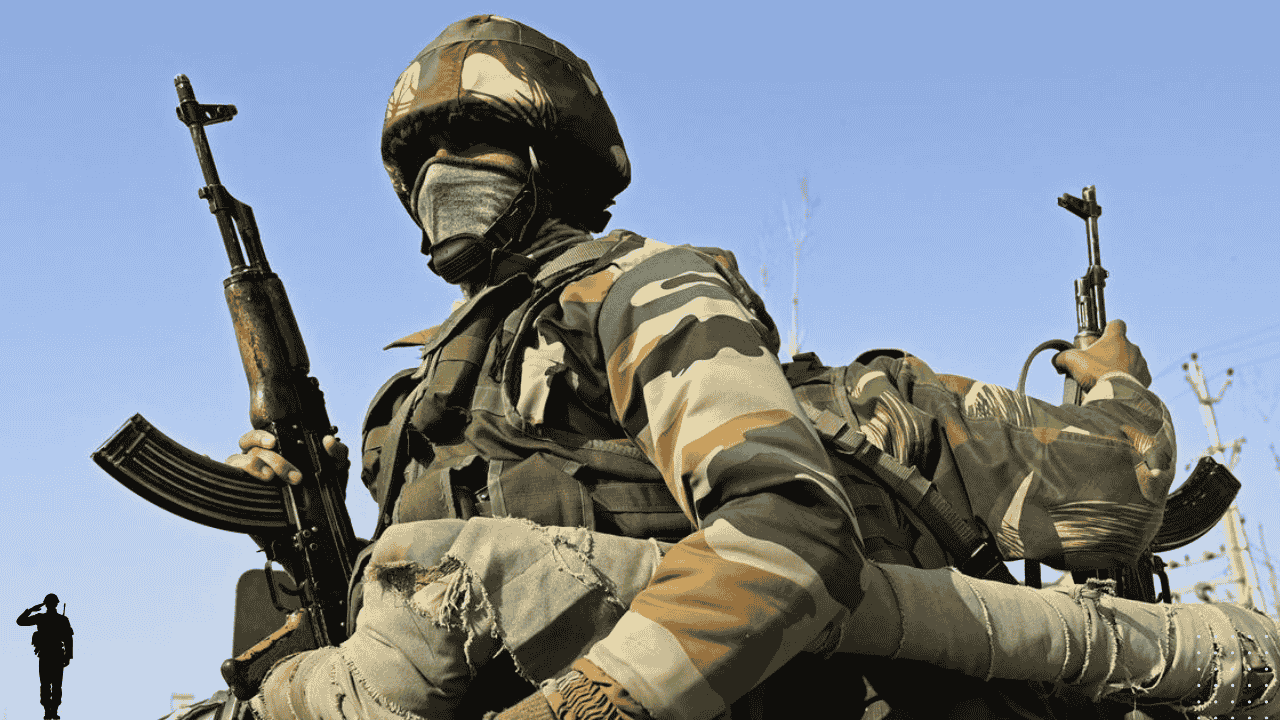





2 thoughts on “Indus Water Treaty Explained: History, Disputes, and Current Status (2025 Update)”
Pingback: Pahalgam Terror Attack 2025: Timeline, Victims, Perpetrators, Government Response & Global Reactions -
Pingback: Shimla Agreement: A Historic Pact That Shaped Indo-Pak Relations Post-1971 War -